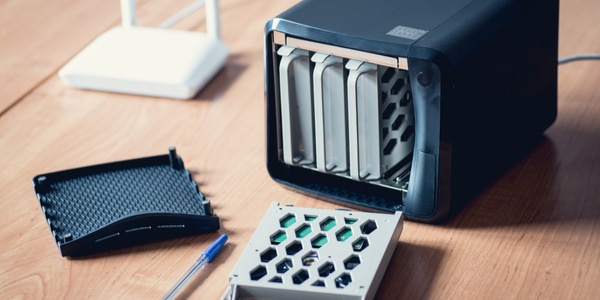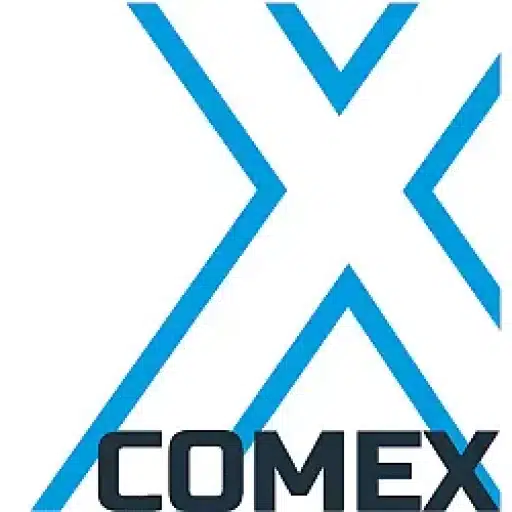+31 (0)43 30 88 400 | office@comex.eu

The do’s and don’ts of a NAS
The do’s and don’ts of a NAS
A Network Attached Storage, or NAS for short, is popular with many residential users. Not surprisingly, we regularly get the question whether storage of data for backup and/or archive can also ‘just’ be done on a NAS. That question is not very easy to answer.
NAS and SAN
For professional use, you have to look at a so-called “Enterprise NAS” anyway, because a “private” NAS is not adequate for professional use in almost all cases. But first, take a look at NAS and SAN. NAS stands for Network Attached Storage, SAN for Storage Area Network. Often users have the perception that a NAS is for home use and a SAN is for businesses. But that’s not the difference. The difference is in how you access data on these systems. A NAS has a network connection and you access it like a “regular” hard drive. You write and retrieve files from the NAS and the NAS takes care of the rest. This is different with a SAN: files are not written to a SAN, but blocks of the files distributed somewhere on the SAN. The operating system is responsible for turning the blocks back into a file. In a nutshell, a NAS is file storage and a SAN is block storage.
Speed and flexibility
For the user, it makes no difference because the translation of files to blocks is done on a server, which manages the SAN. This storage server has the choice of how to handle the files and convert them into blocks. With a NAS, the NAS must ensure that the files exist; with a SAN, the server does that. This means that a SAN has far fewer administrative tasks than a NAS and can therefore be much faster and more flexible. For secondary storage, a NAS is fine because it usually does not need that speed. Technically, cloud storage is also à la NAS: you send files over the network for storage, and how that happens is up to the cloud provider.
Why yes/no?
But what are the snags in using an inexpensive NAS for professional use? Suppliers of a low-cost NAS for, say, 120 terabytes gross, do so by putting in 10 12-terabyte drives. Those disks are relatively cheap per terabyte and so the price can be driven down. The fact is, however, that a large hard drive breaks down at least as quickly as a small hard drive. If such a disk fails, you have to recover the 12 terabytes of data lost. That can take 6 to 12 weeks! If a second hard drive fails during that period, you really have a problem. That probability is greater the longer the rebuildtime. You would therefore build a comparable Enterprise NAS from 60 2 terabyte hard drives, but then it becomes costly.
Compare
The well-known Silent Bricks and Silent Cubes also technically work like a NAS and are also comparable in price to a NAS that works with hard drives. However, the Silent Bricks and Silent Cubes offer much more flexibility and safety. For home use, a NAS is a great way to store data, but for professional use we still recommend a different solution!

